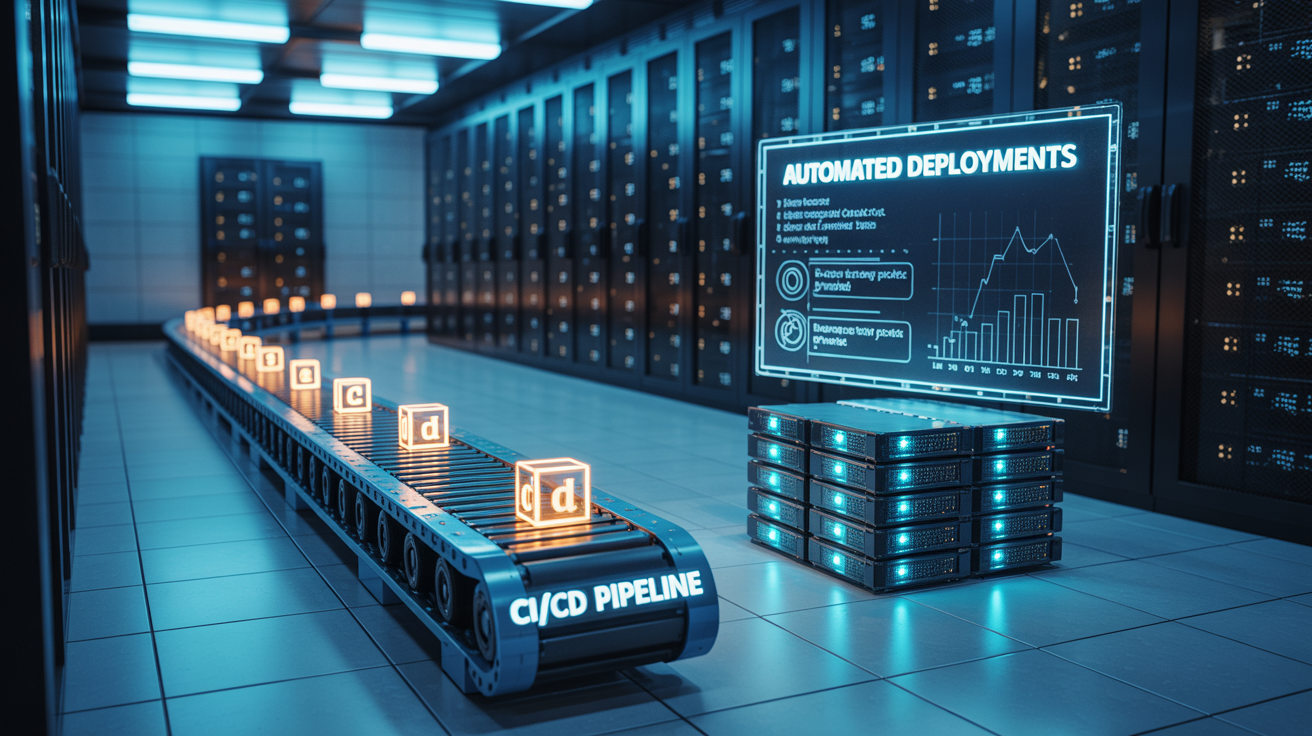What is Monitoring?
Monitoring is the process of collecting, analyzing, and visualizing data from IT systems, applications, and infrastructure to ensure performance, availability, and security. It involves tracking metrics, logs, and events to detect issues, optimize resource usage, and maintain system health. Monitoring is essential in modern cloud-native and DevOps environments to proactively identify problems before they impact users.
How Does Monitoring Work?
Monitoring systems collect data from various sources, such as servers, containers, applications, and networks, and process it to generate insights. The key steps in monitoring include:
- Data Collection: Gathers metrics (e.g., CPU usage, memory, response times) and logs from monitored systems.
- Data Processing: Analyzes collected data to detect anomalies, trends, and potential failures.
- Alerting: Sends notifications to teams when predefined thresholds are exceeded.
- Visualization: Displays data on dashboards for easy interpretation and real-time analysis.
Common monitoring tools include Prometheus, Grafana, Datadog, and New Relic.
Why is Monitoring Important?
Monitoring is critical for ensuring system reliability, performance optimization, and security. By providing real-time visibility into infrastructure and applications, monitoring helps teams detect issues early, prevent downtime, and improve user experience.
Key Features of Monitoring
- Real-Time Metrics: Provides up-to-the-minute data on system and application performance.
- Alerting and Notifications: Notifies teams of potential issues before they escalate.
- Log Management: Collects and analyzes logs for debugging and forensic analysis.
- Performance Insights: Identifies bottlenecks and optimizes system performance.
Benefits of Monitoring
- Improved System Uptime: Detects and resolves issues before they cause failures.
- Faster Troubleshooting: Provides insights to quickly diagnose and fix problems.
- Enhanced Security: Identifies unusual activity or potential cyber threats.
- Optimized Resource Usage: Helps prevent over-provisioning or underutilization of resources.
Use Cases for Monitoring
- Infrastructure Monitoring: Track server, network, and cloud resource health.
- Application Performance Monitoring (APM): Monitor application response times and availability.
- Security Monitoring: Detect threats and vulnerabilities in real time.
- DevOps and CI/CD Pipelines: Ensure smooth deployment and performance of applications.
Summary
Monitoring is the process of collecting and analyzing data from IT systems to ensure performance, availability, and security. By providing real-time insights, alerting, and visualization, monitoring enables teams to detect and resolve issues proactively. It is a crucial component of modern IT and DevOps practices, helping organizations maintain system reliability and optimize resource usage.



